
There are no great theaters or stadiums in Guanacaste, but in this ardent province of 10,140 square kilometers some of the most astounding natural displays in all of Costa Rica occur.
Those moments when nature appears to be strikingly magical are captured in a new book by Ojalá Ediciones, “Costa Rica Grandes Espectáculos Naturales” (“Greatest Wildlife Spectacles”), featuring 29 synchronized phenomena of migration, mating, nesting and the mass gathering of wildlife.
The book, in Spanish and English, includes photos of flocks of migratory ducks in Palo Verde, humpback whales in Santa Elena, La Cruz, and nesting Kemp’s ridley sea turtles in Ostional, among other spectacles.
Compiling all of the sights and descriptions took three years of investigation by writers Michelle Soto, Yazmín Ross and Ernesto Carman. Images are by Luciano Capelli and 14 other photographers who specialize in underwater photography.
Soto, a journalist with 16 years experience covering environmental issues, said that all of the natural spectacles are scientifically documented: Collaborators analyzed research, scientific documents and theses, and confirmed information with different experts.
Soto added that unlike other provinces, the Guanacaste Conservation Area –a World Heritage Site– is one of the best-designed protected areas and includes both mountains and coastline. It is a biological corridor with great biodiversity.
Capelli said that while it took three years to conduct research, photographers began shooting many of the photos 10 years ago, returning up to eight times to witness the same phenomena to capture perfect images.
“One of the most impressive things is seeing the manta rays jumping. You can see up to 500 of them, but it’s very difficult to get a good angle and manage to capture them,” Capelli said.
The book sells for ₡19,500 at Automercado supermarkets. The Voice of Guanacaste presents the most impressive spectacles of Guanacaste here.
Flocks of Migratory Ducks
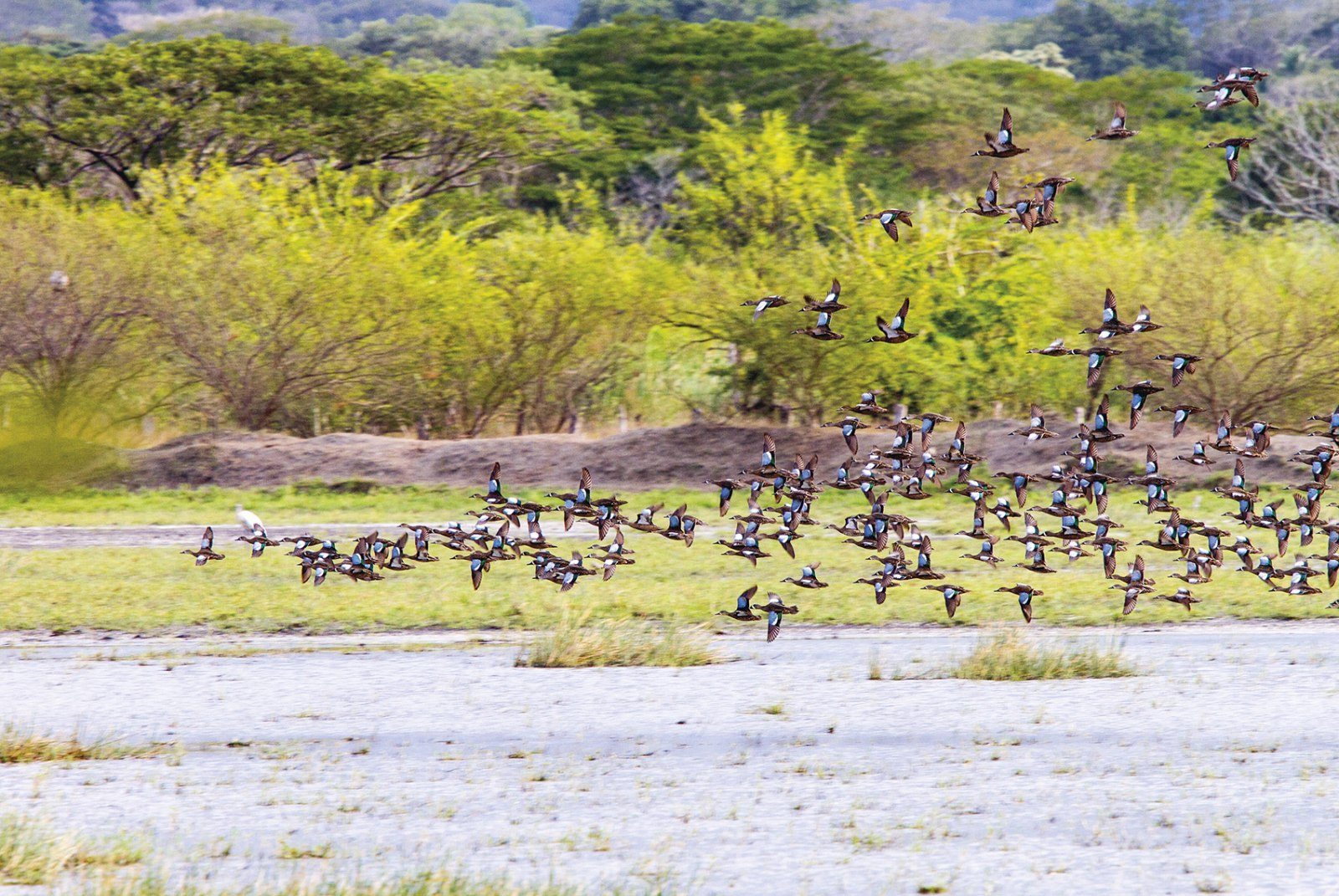
Photo by Luciano Capelli.
Where? Palo Verde National Park
Sighting season: January-March
Many of these ducks migrate from North America, and some travel from as far away as Alaska. As winter approaches up north, these birds flee from a scarcity of food.
Frigatebird Mating
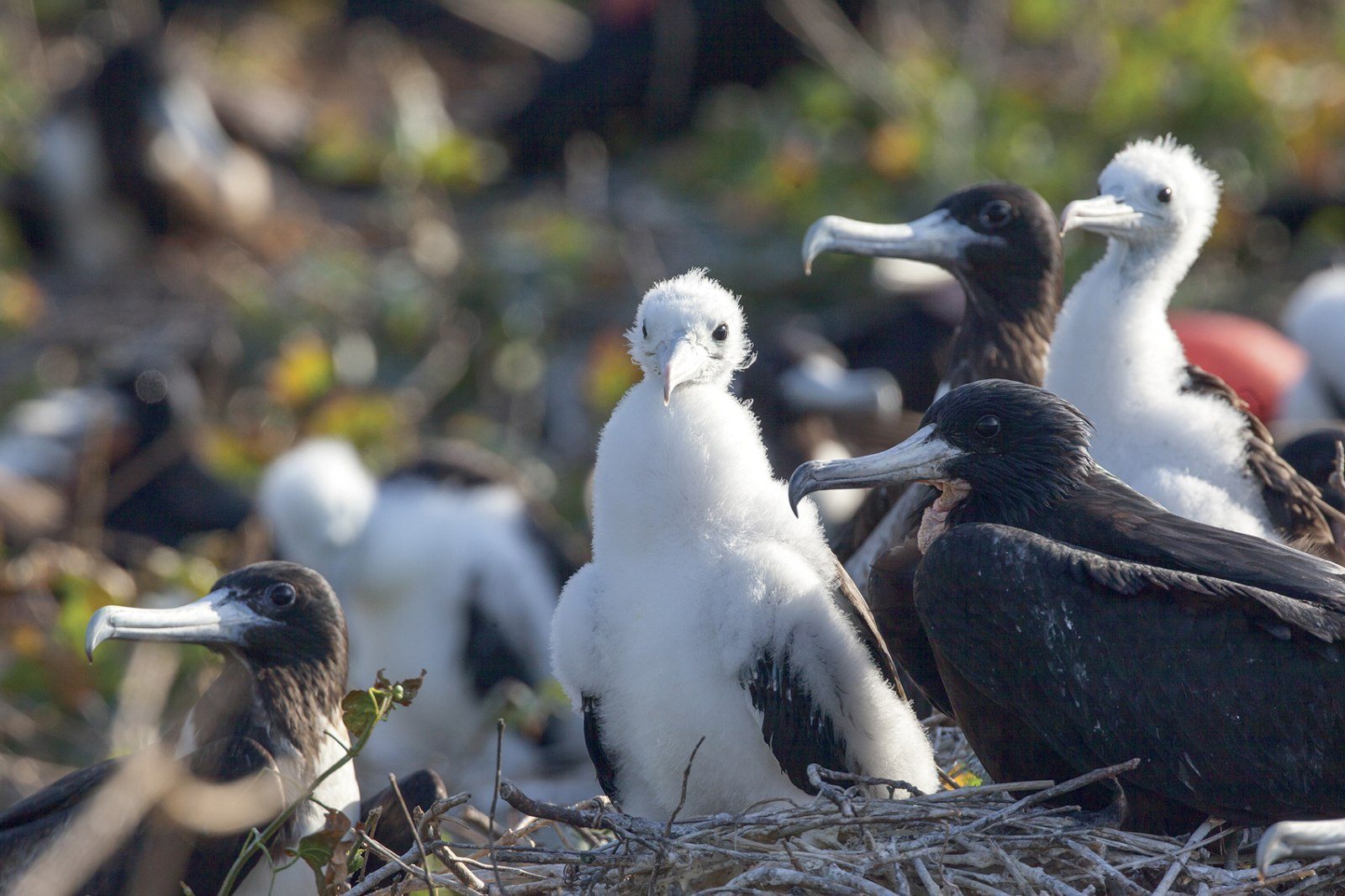
Photo by Luciano Capelli.
Where? Bolaños Island
Sighting season: December-January
The frigatebird measures 1 meter in length and has a 2-meter wingspan. These birds gather at Bolaños Island to mate and take advantage of trade winds blowing northeast to teach their young how to fly.
False Killer Whale Pods
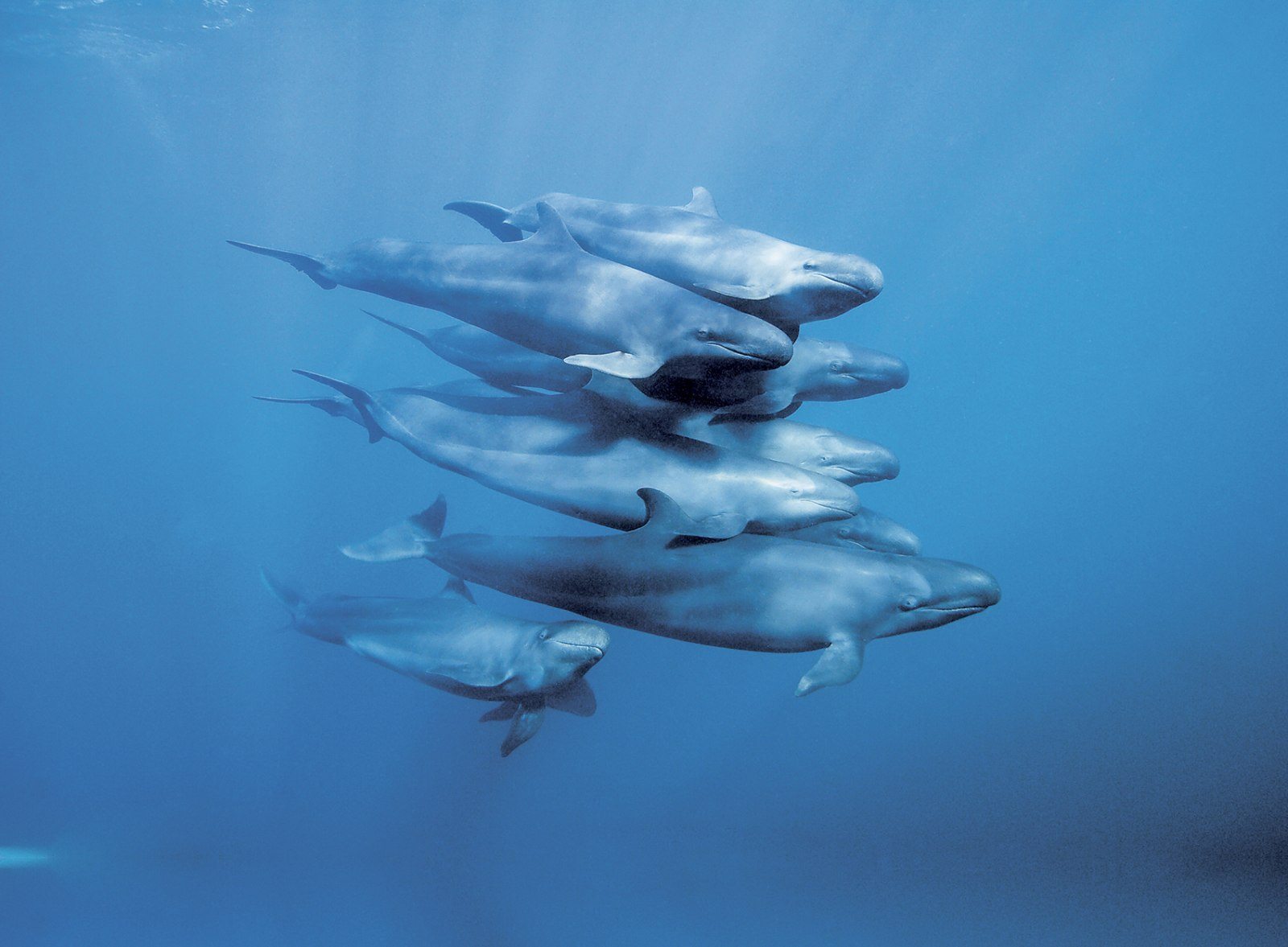
Photo by Diego Mejías
¿Dónde? Isla Catalinas
Época de avistamiento: Enero y Febrero
Su nombre no tiene mucho misterio. A estos delfines se les llama falsas orcas porque se confunden con ballenas, debido a su gran tamaño. Los machos pueden alcanzar los 6 metros de largo y pesar hasta una tonelada. Quienes bucean pueden tener la suerte de ver hasta 100 de estos delfines nadando juntos entre enero y febrero.
Jumping Manta Rays
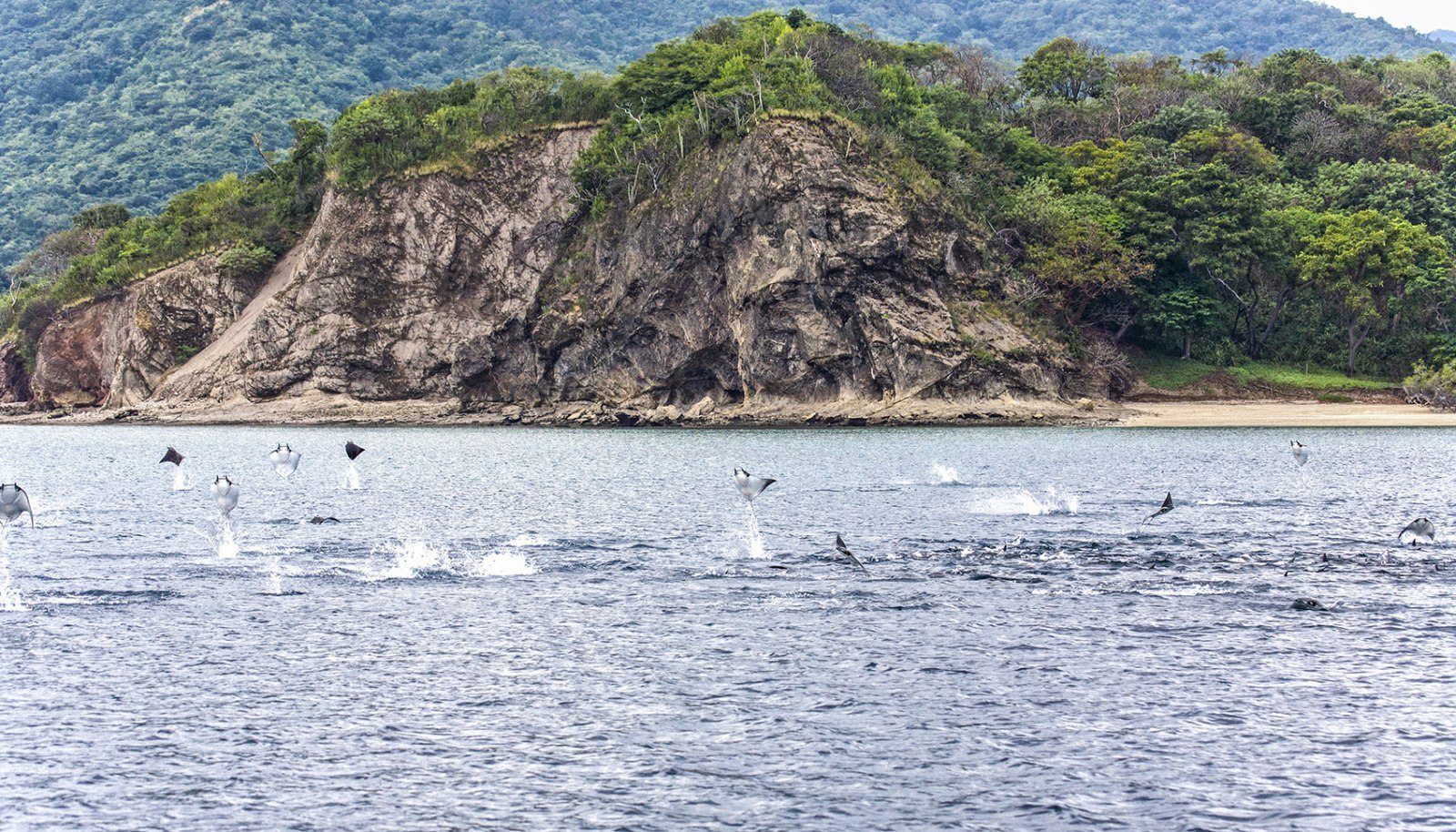
Photo by Luciano Capelli.
Where? Santa Elena Bay
Sighting season: December-February
The jumping manta rays are one of Guanacaste’s most surprising spectacles. At times you can see groups of 20 or 30 manta rays performing acrobatics in the air. Some marine biologists believe these acrobatics either help the rays remove suckerfish attached to them, flee from predators or communicate with each other. Other theories are that they are part of a mating ritual or simply a game.
Whale Pods
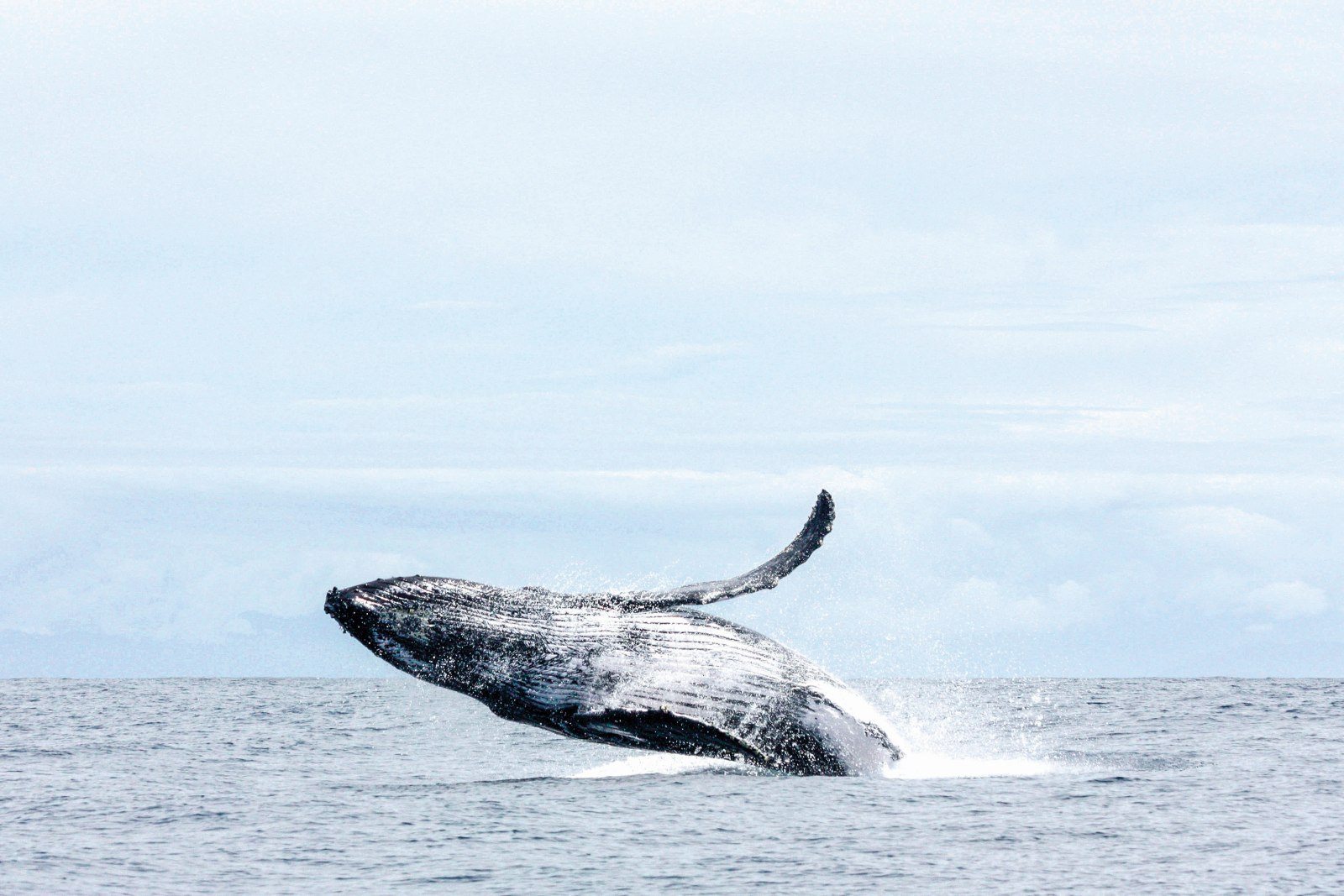
Photo by Jose David Palacios
Where? Junquillal and Santa Elena
Sighting season: December-March
Humpback whales need shallow water to give birth and provide calves a chance to get to the surface quickly. Junquillal and Santa Elena occasionally function as a type of dormitory. It’s common to see whales nursing their calves, giving swimming lessons or teaching them to control their tails.
Yellow Toad Breeding
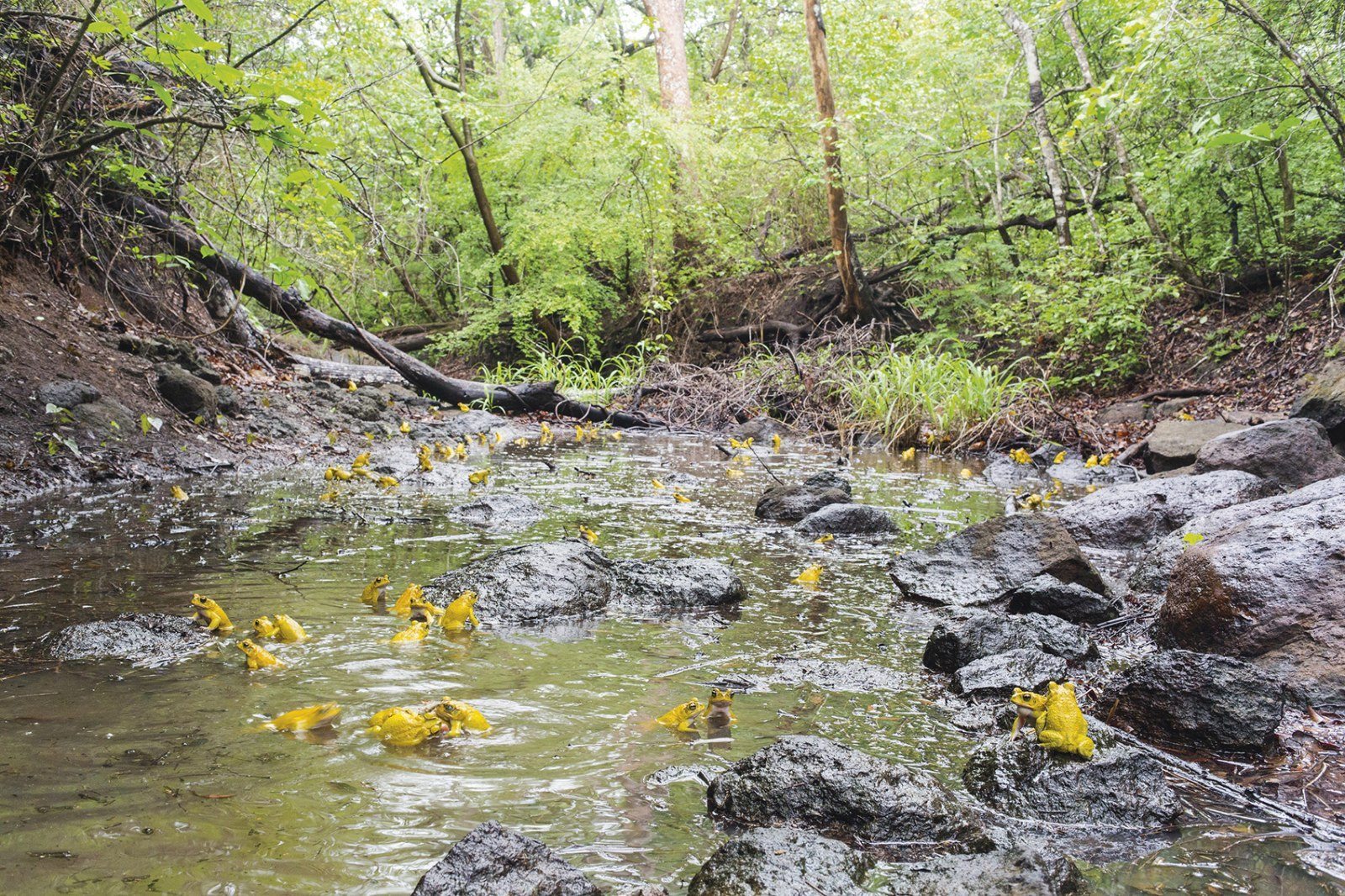
Photo by Luciano Capelli.
Where? Sighting seasons
Throughout most of the year these toads are brown, but with rain they change to a phosphorescent yellow color to attract females for mating. The females also can change color from red to yellow, but the color isn’t as intense as the males’.


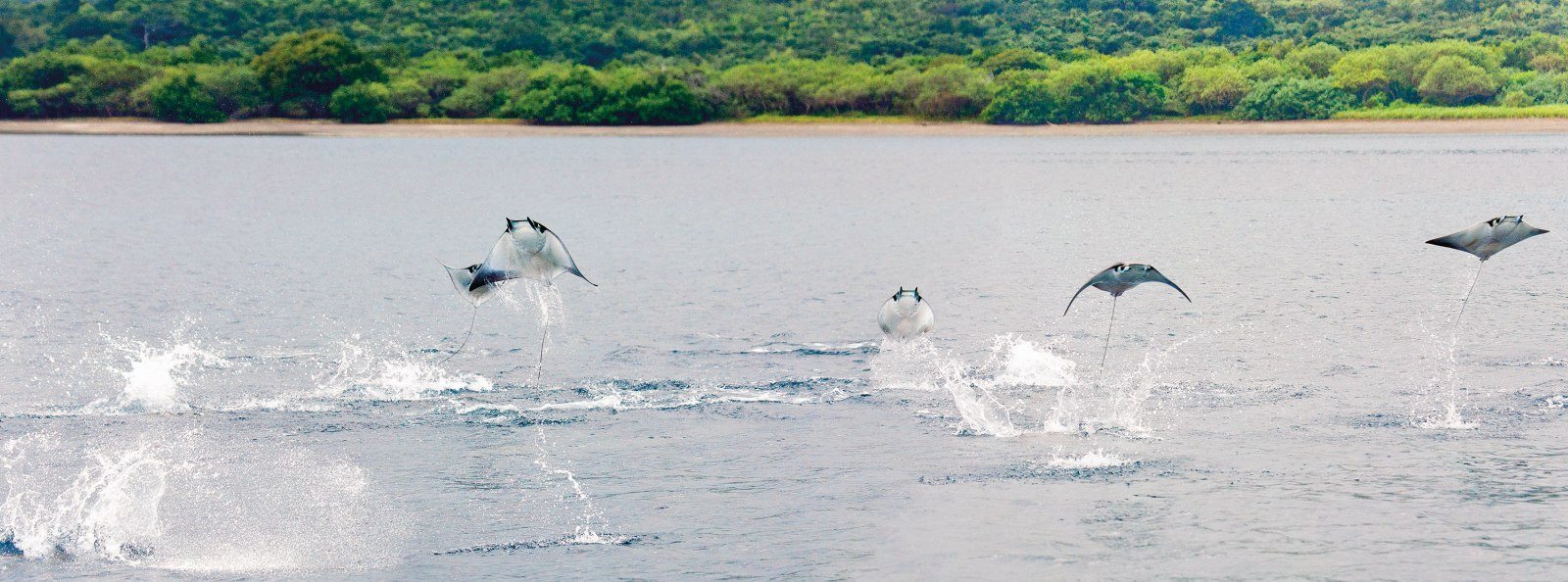




Comments